I. Introduction
Tooth sculpting technology is an important part of modern restorative dentistry, providing precise, natural, and personalized solutions for dental repairs. Traditional dental restoration methods, such as porcelain crowns and metal restorations, are effective in restoring dental function but often fall short in terms of aesthetics and comfort. With the rapid development of tooth sculpting technology, the accuracy, comfort, and aesthetic appeal of dental restorations have been greatly improved.
Tooth sculpting technology, also known as digital tooth sculpting or CAD/CAM (Computer-Aided Design/Computer-Aided Manufacturing) technology, is based on computer-aided design and manufacturing, using high-precision milling machines or 3D printers to sculpt restorations. This technology enables fast, precise, and aesthetic dental restorations. Its emergence has not only improved the efficiency of dental treatments but also changed the traditional methods of dental restoration, making it a crucial direction for the future of dental restoration.
This article will explore the principles, development history, application fields, advantages, limitations, and future trends of tooth sculpting technology, providing readers with a comprehensive understanding of this advanced dental restoration technology.
II. Principles of Tooth Sculpting Technology
2.1 Overview of CAD/CAM Technology
The combination of CAD (Computer-Aided Design) and CAM (Computer-Aided Manufacturing) represents a significant leap forward in dental restoration technology. CAD technology digitizes the design of dental restorations, including their shape, size, color, and structure, and allows for personalized designs based on a patient’s specific oral condition. CAM technology then uses computer-controlled milling or 3D printing machines to precisely fabricate the restoration based on the CAD design.
2.2 Workflow of Tooth Sculpting Technology
The basic workflow of tooth sculpting technology involves three major steps: scanning, designing, and sculpting.
- Scanning: A 3D scanner or digital impression system is used to capture the patient’s dental data, including the teeth and gums. This step replaces traditional plaster impressions, reducing discomfort and increasing data accuracy.
- Designing: Using CAD software, dental professionals design the dental restoration. The dentist considers the patient’s dental condition, facial aesthetics, and occlusal relationships to create the most suitable restoration. The software automatically adjusts size and shape to ensure the restoration is both functional and aesthetic.
- Sculpting: After design completion, CAM technology converts the design into a physical restoration. Using CNC (Computer Numerical Control) milling machines or 3D printers, the selected material (such as ceramics or composite resins) is sculpted to match the design.
2.3 Materials Used in Tooth Sculpting
Tooth sculpting technology can use a variety of materials to create restorations. Commonly used materials include:
- Ceramics: Known for their excellent aesthetic properties, ceramics are ideal for anterior restorations. The translucency and color of ceramics closely resemble natural teeth, providing a highly natural appearance.
- Composite Resins: Typically used for posterior restorations, composite resins have high compressive strength and provide excellent durability.
- Zirconia: A high-strength material that is aesthetically pleasing and suitable for both anterior and posterior restorations.
III. Development History of Tooth Sculpting Technology
3.1 Early Stages
The history of tooth sculpting technology can be traced back to the 1980s when digital technologies began to be applied in the medical field. Initially, dental CAD/CAM systems relied on traditional CNC milling machines, which were complex, time-consuming, and had limited material options.
3.2 Technological Breakthroughs
In the 21st century, with advances in computer technology and materials science, CAD/CAM technology made significant breakthroughs in dental restorations. The introduction of digital impression systems greatly enhanced the accuracy and comfort of dental restorations. Additionally, the use of materials like ceramics and zirconia improved both the aesthetics and strength of dental restorations.
3.3 Modern Developments
Today, tooth sculpting technology has become an integral part of dental restoration. With the continuous development of 3D printing, laser technologies, and more advanced CAD software, tooth sculpting technology has become more precise, efficient, and capable of addressing increasingly complex patient needs.

IV. Application Areas of Tooth Sculpting Technology
Tooth sculpting technology has a wide range of applications, particularly in the following areas:
4.1 Tooth Damage Restoration
Tooth damage is one of the most common clinical problems in dentistry. Through tooth sculpting technology, dental professionals can customize restorations to accurately restore the shape, function, and aesthetics of missing parts of the tooth. Whether for anterior aesthetic restorations or posterior functional restorations, tooth sculpting technology offers highly personalized solutions.
4.2 Aesthetic Restorations
Aesthetic restoration is one of the most important applications of tooth sculpting technology. Through high-precision design and sculpting, dentists can create restorations that are virtually indistinguishable from natural teeth, not only in shape but also in color, translucency, and overall integration with surrounding teeth. This aesthetic capability is especially beneficial for anterior restorations such as teeth whitening, tooth fracture repairs, and veneers.
4.3 All-Ceramic Crowns and Bridges
All-ceramic crowns and bridges are classic applications of tooth sculpting technology. Through cold light curing technology, ceramic restorations can achieve a natural transparent effect, and since they contain no metal, they avoid gum irritation caused by metal materials. During the manufacturing process, CAD/CAM technology ensures precise design and sculpting, ensuring the restoration fits perfectly.
4.4 Dental Implant Restorations
Dental implant restoration is a complex dental procedure, and tooth sculpting technology has been increasingly applied in this field. Through digital scanning and design, dentists can create precise crowns for implant posts, ensuring optimal functional and aesthetic outcomes for the restored implant.
4.5 Orthodontics
While orthodontics primarily focuses on adjusting the position of teeth, tooth sculpting technology can be used after orthodontic treatment to enhance the form and appearance of the teeth. This is particularly useful for patients who require additional restorative work following orthodontic adjustments.
V. Advantages of Tooth Sculpting Technology
5.1 High Precision and Personalization
One of the biggest advantages of tooth sculpting technology is its high precision. Through digital design and sculpting, the size, shape, and occlusal relationships of the restoration can be precisely controlled, reducing errors that are common in traditional manual methods. Additionally, CAD/CAM technology allows for personalized designs based on the patient’s specific needs, offering customized restoration solutions.
5.2 Efficiency and Convenience
Compared to traditional dental restoration methods, tooth sculpting technology is faster, and patients typically require fewer visits. Scanning, designing, and sculpting steps can be completed in a shorter time, allowing most treatments to be completed in a single appointment.
5.3 Superior Aesthetic Results
Tooth sculpting technology allows for precise control over the restoration’s color, translucency, and texture, offering significant advantages in aesthetic restoration. Especially for anterior restorations, the integration between the restoration and natural teeth is seamless, with minimal visible difference.
5.4 Improved Patient Comfort
Digital impressions replace traditional impression materials, minimizing discomfort for patients. Additionally, the precision of the restoration ensures a better fit, reducing the need for postoperative adjustments and improving overall comfort.
5.5 Material Versatility
Tooth sculpting technology supports the use of a variety of materials, including ceramics, zirconia, and composite resins. This variety allows dental professionals to choose the best material for each patient’s specific needs, balancing aesthetics, strength, and durability.
VI. Challenges and Future Trends of Tooth Sculpting Technology
6.1 Technological Challenges
Despite the significant advances in tooth sculpting technology, challenges remain. First, the cost of digital scanning equipment and milling machines is relatively high, limiting the widespread adoption of the technology. Second, current CAD/CAM systems have limitations when it comes to dealing with complex dental issues, such as highly irregular tooth shapes or severe tooth decay.
6.2 Future Trends
As technology continues to advance, the future of tooth sculpting technology looks promising. With the integration of artificial intelligence (AI), big data, and 3D printing, tooth sculpting technology will become even more intelligent and personalized. AI can assist dentists in diagnosing and creating more accurate treatment plans, while 3D printing will further enhance the precision and complexity of restorations. Additionally, new materials and ongoing innovations will push the boundaries of tooth sculpting technology, making it more efficient, safe, and aesthetically pleasing.
VII. Conclusion
Tooth sculpting technology marks a new era in dental restoration. Through CAD/CAM systems, dentists can offer precise, rapid, and aesthetically pleasing restoration solutions. While challenges remain, the ongoing advancements in technology promise to make tooth sculpting even more efficient, accessible, and capable of meeting a broader range of patient needs. As this technology evolves, it will continue to provide patients with more customized, durable, and beautiful dental restorations, enhancing both their function and smile.











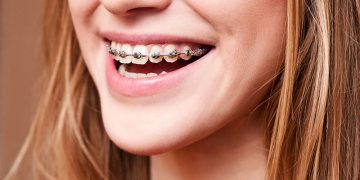
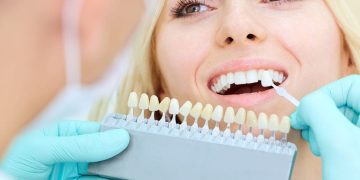





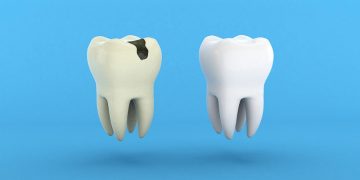






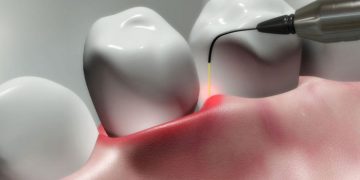


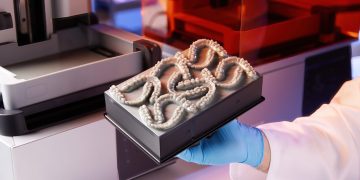

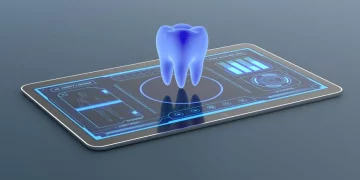
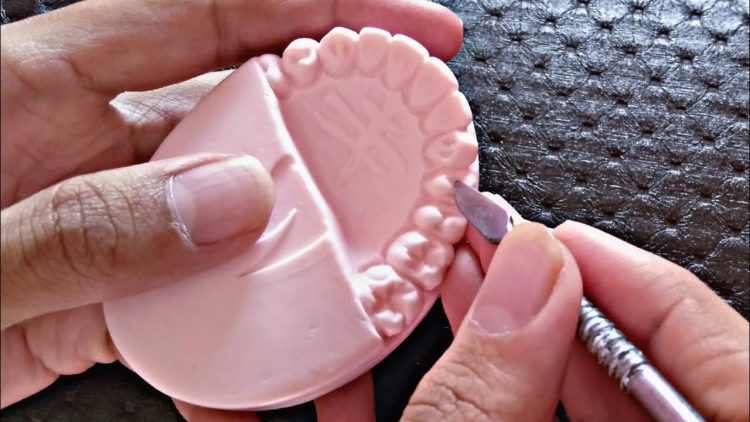













Discussion about this post